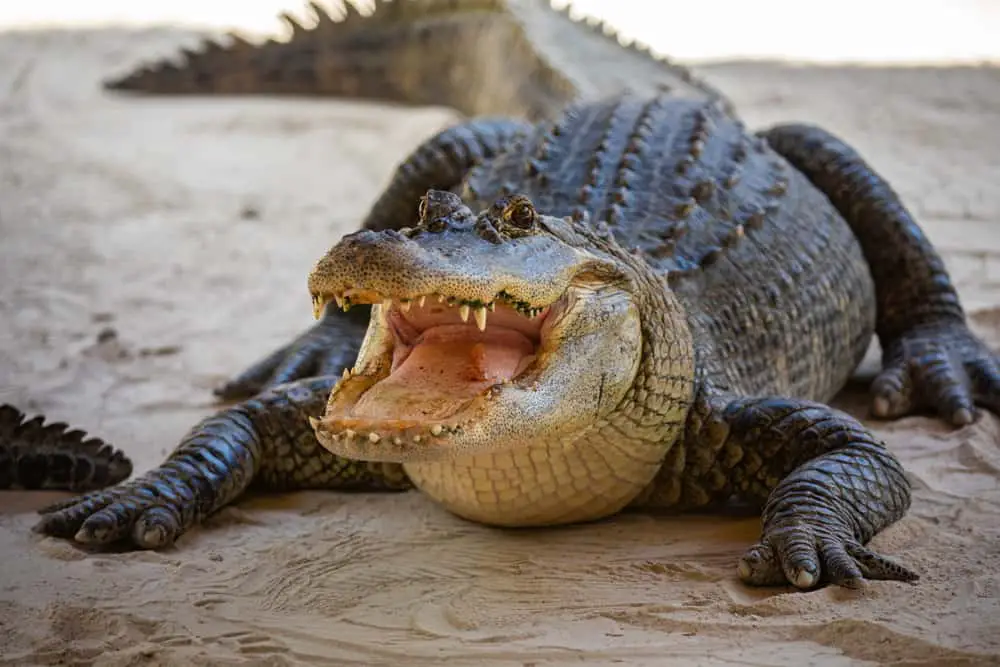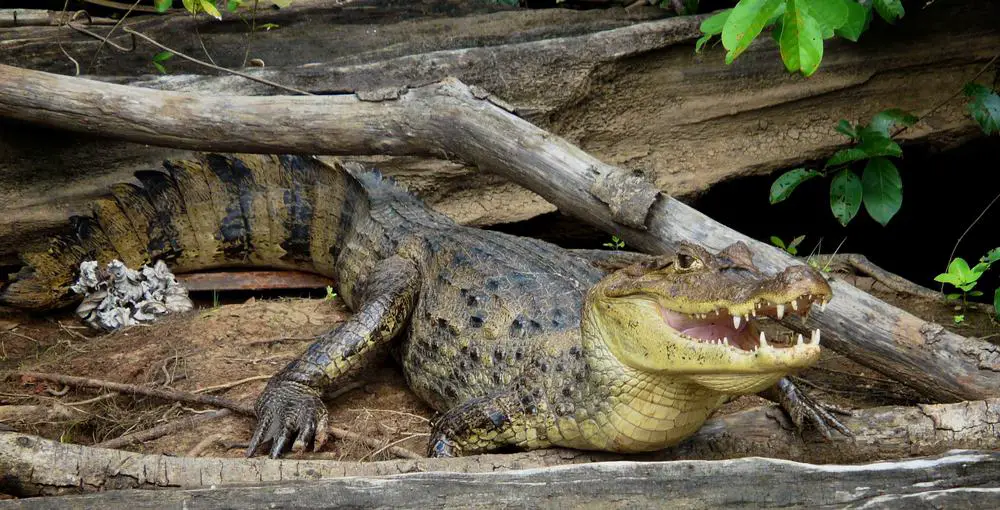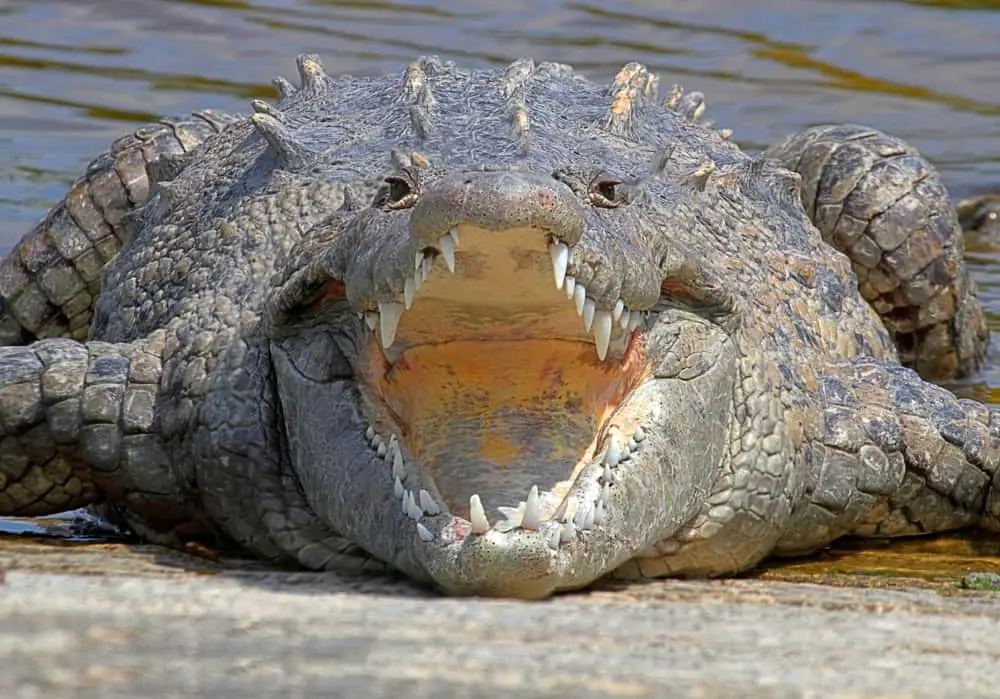
Alligators are well-known members of the crocodilian species and are usually found in the southeastern part of the United States. They thrive in a habitat of marshes, freshwater swamps, lakes, rivers, and small bodies of water. Younger alligators usually enjoy a diet that includes small fish, frogs, and insects, while adult alligators feast on small mammals, birds, turtles, fish, and even small alligators.
They usually don’t like to leave their habitat unless there is a dry season, which may cause them to move closer to human habitats. Humans are discouraged from feeding alligators because it causes alligators to be less wary of humans, making them more likely to attack. The average alligator can grow to be 14.7 ft and can weigh as much as 990 lb with an average life expectancy of 50 years.
There are many members of the crocodilian species, and they are often mistakenly called alligators. Keep reading to learn more about other members of the crocodilian species who are often mistaken for alligators.
Table of Contents
- Spectacled Caiman
- American Crocodile
- Slender-Snouted Crocodile
- Orinoco Crocodile
- Philippine Crocodile
- Morelet’s Crocodile
- Nile Crocodile
- New Guinea Crocodile
- Mugger
- Estuarine Crocodile
- Cuban Crocodile
- Siamese Crocodile
- African Dwarf Crocodile
- False Gharial
- Broad-Snouted Caiman
- Yacare Caiman
- Black Caiman
Spectacled Caiman

Also known as the brown caiman, the spectacled caiman can be found in various parts of South America, and although they are very adaptable, they prefer areas of stillwater, wetland, and riverine habitats. They differ from alligators because they are only aggressive during mating season and they only grow up to 8.2 ft, can weigh up to 128 lb, and live up to 40 years.
They typically enjoy the same diet as alligators as they enjoy consuming turtles, fish, mammals and amphibians.
American Crocodile

Like alligators, American crocodiles can be found in the coastal areas of South Florida, but differ from alligators because they enjoy a habitat of coves, ponds, and creeks. They are unlikely to have conflict with humans because of their shy nature, and they can grow up to 15 ft long, weigh as much as 2,000 lb, and live up … Read the rest of the story.
No comments:
Post a Comment